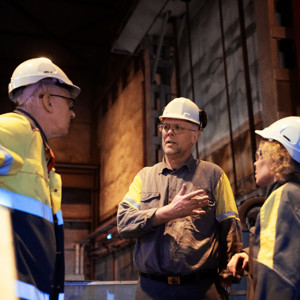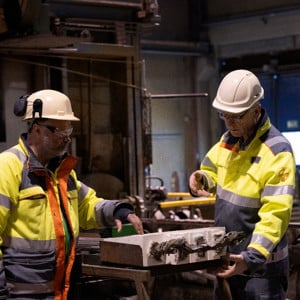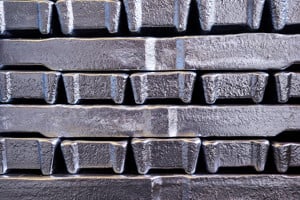Search
631 hits
631 hits on ”all pages” in entire website
Balancing the scales: Onshore and offshore wind energy pivotal in global expansion
Explore the pivotal roles of onshore and offshore wind energy in sustainable global expansion, featuring expert insights on technological advancements, operational strategies, and future trends in wind energy.
Feeling the heat
FEELING THE HEAT The ability to produce complex geometries and internal features has led many to believe that additive manufacturing will change the nature of advanced manufacturing. But as the industry moves from solely prototype manufacturing to production of ready-to-use parts, quite a few
What next for heat treatment technology?
WHAT'S NEXT FOR HEAT TREATMENT TECHNOLOGY? The growth of additive manufacturing is creating new challenges in the field of heat treatment technology and prompting a shift toward electrification and greater flexibility from heat treatment equipment. These changes are expected to affect heat
Attention to detail: the advantages of metal binder jetting technology
ATTENTION TO DETAIL: THE ADVANTAGES OF METAL BINDER JETTING TECHNOLOGY The Höganäs-owned company Digital Metal combines the benefits of binder jetting technology with Höganäs’s expertise in metal powders and sintering processes to create a world-class system for 3D metal printing
Kanthal’s electric car bottom furnace – where flexibility meets efficiency
Kanthal’s electric car bottom furnace with Fibrothal® modules delivers CO2-free steel heating with control and efficiency.
How EU's Action Plan Can Spark Synergy Between Wind Power and Industrial Electrification
Explore how the EU's Wind Power Action Plan can transform industries through commitment, promoting clean energy, and technological integration.
Energy efficiency is the key to sustainability
Energy efficiency is one of the fastest ways for process industries to save money, reduce greenhouse gas emissions and meet growing energy demand.
Meeting the world’s soaring need for lithium-ion batteries
The fast-growing production of lithium-ion batteries will have a knock-on effect on demand for key components such as cathode material.
Incredible heating power in a walking beam furnace
INCREDIBLE HEATING POWER IN A WALKING BEAM FURNACE At its plant in Hallstahammar, Sweden, Kanthal’s fully electric walking beam furnace has been providing clean, efficient and reliable billet heating for over 30 years. The benefits of an electric walking beam furnace Kanthal’s ingot rolling
Electrification in primary aluminum
ELECTRIFICATION IN PRIMARY ALUMINUM The aluminum industry is in a bind. Global demand shows no sign of slowing, yet there is a growing need to reduce emissions in its carbon-intensive production processes. A switch from gas burners to electrification could be part of the answer. Aluminum is